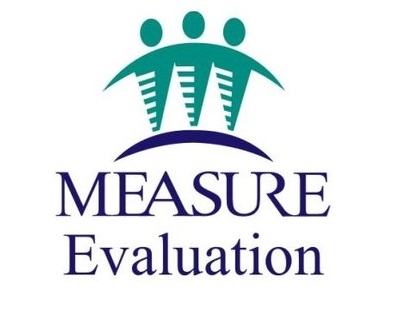Modeling Climate Change, Food Security, and Population: Pilot-Testing the Model in Ethiopia
This document describes a computer simulation model that can clarify the dynamic relationships between climate change, food security, and population growth. It is designed to be simple enough to adapt to individual countries to introduce population issues into policy dialogues on adaptation to climate change in the context of food security. The model links a population projection, which takes account of the effects of climate change on agriculture, with a food requirements model that uses Food and Agricultural Organization formulas. Piloted in Ethiopia, the model shows that the food security gap in Ethiopia is expected to be greater with climate change than the food security gap without climate change. It also shows the potential of family planning to address this gap. The report concludes that the model can serve as a starting point for a dialogue about the importance of taking into account population factors when adapting to climate change with regard to food security.
Year: 2012
Source: MEASURE Evaluation




